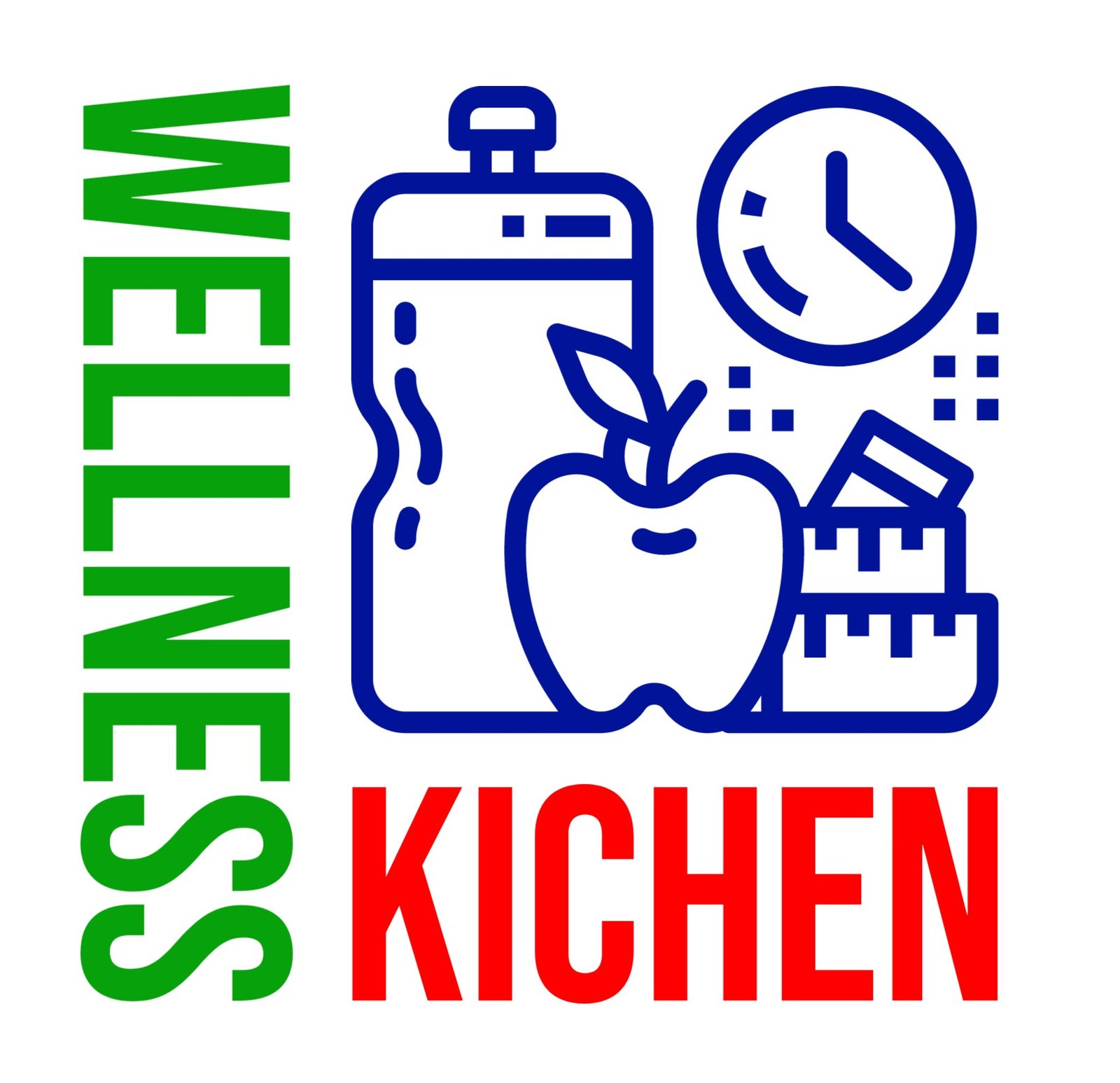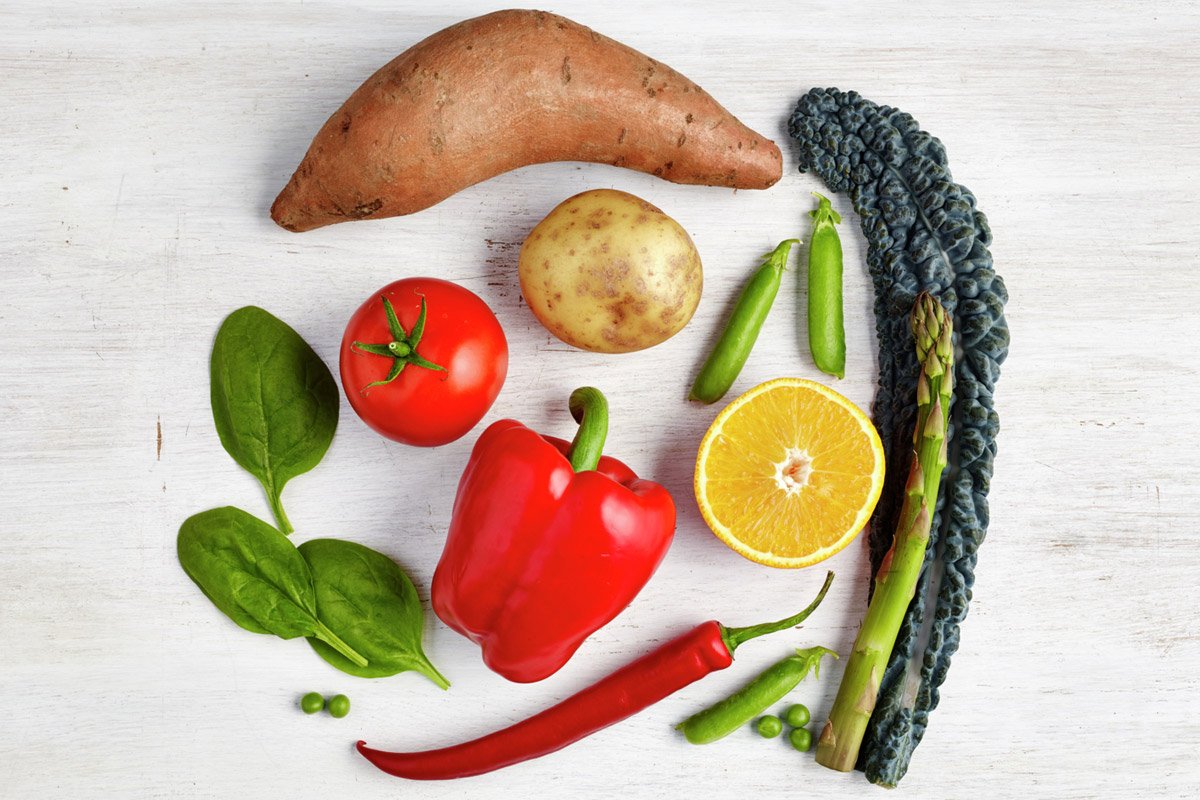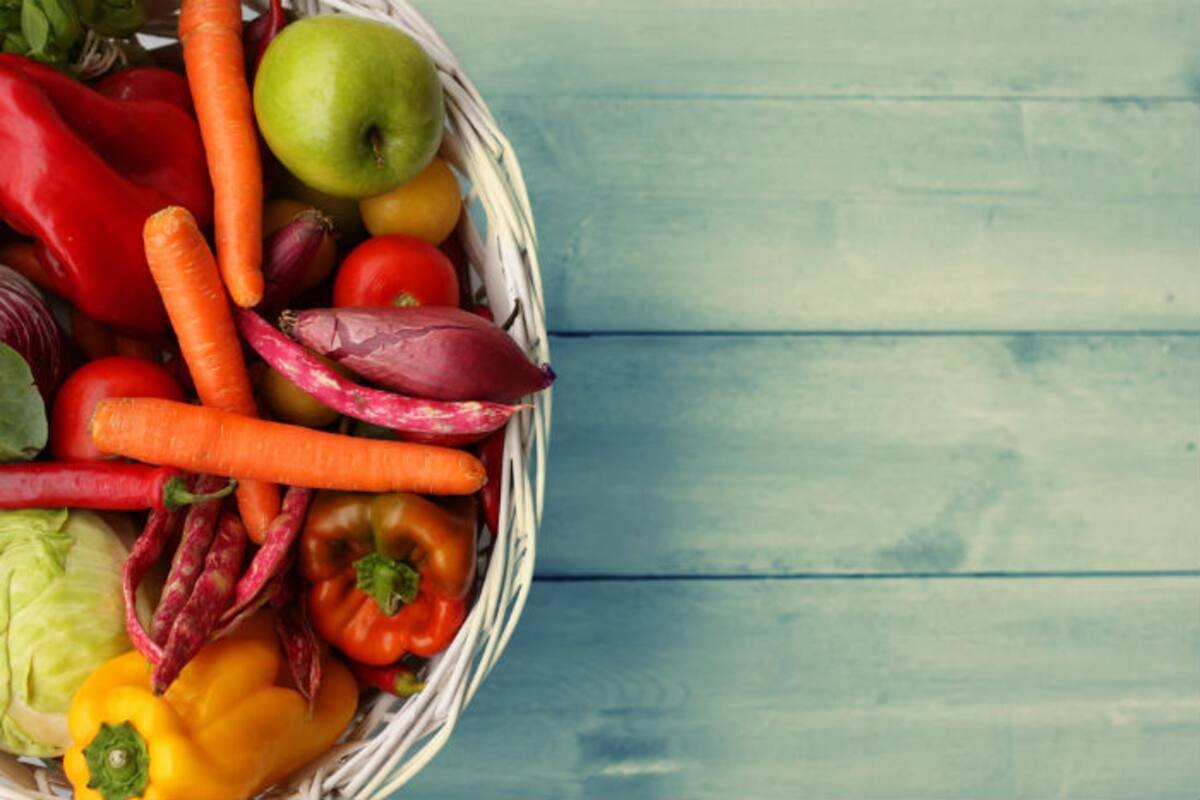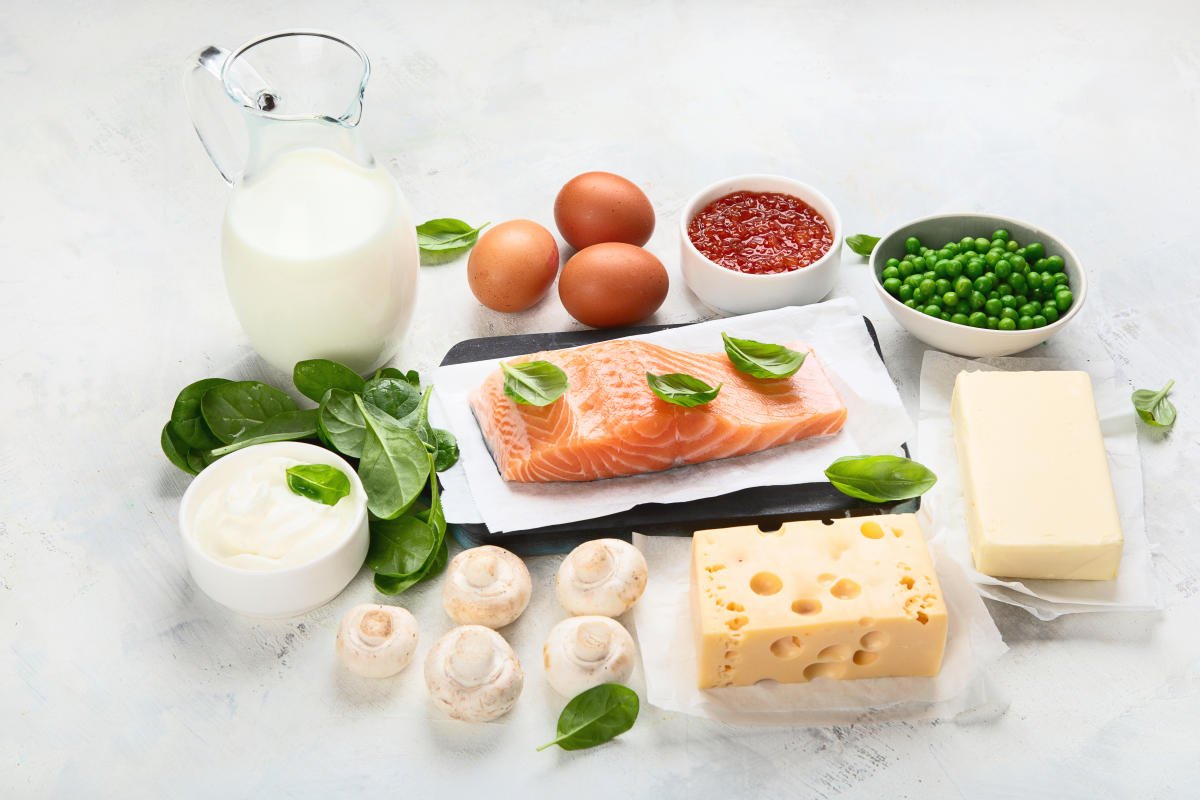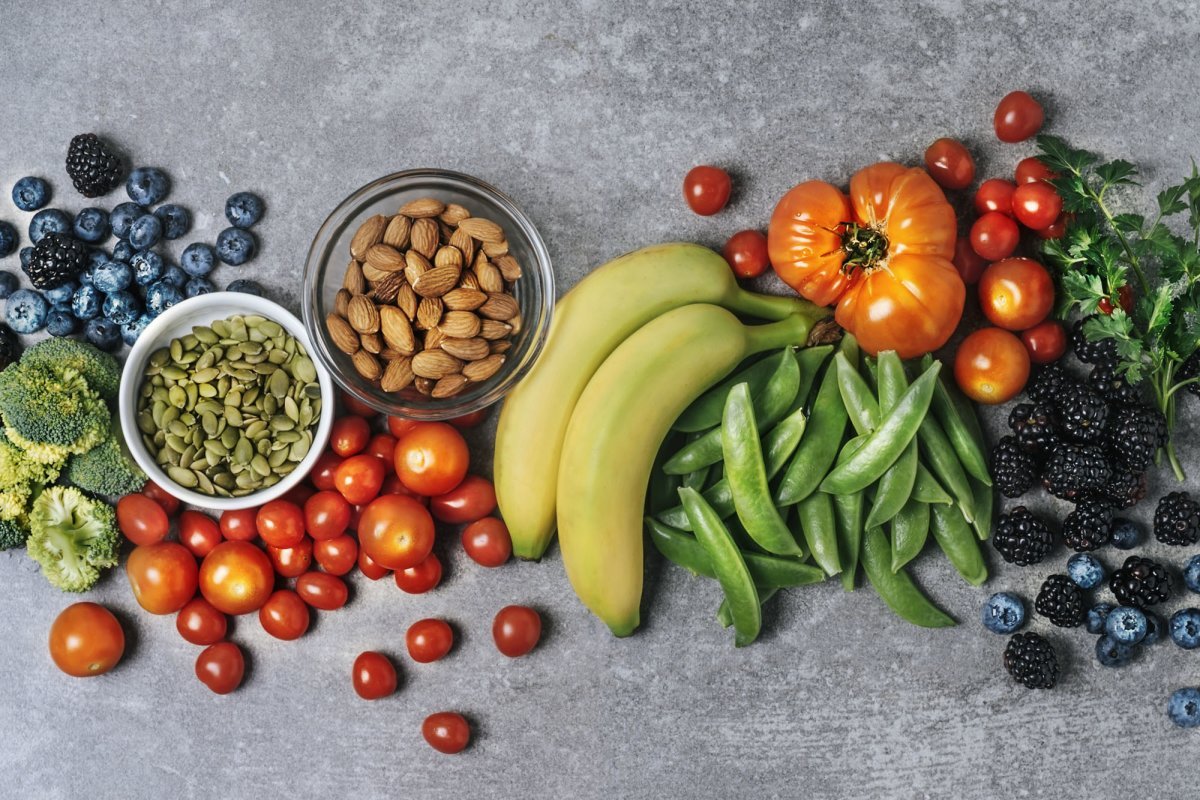It used to be so easy—chew a tasty vitamin and be on your way with your day. But it’s time to be a grown-up about the vitamins you’re giving attention to or dismissing altogether.
When it comes to healthy eating, some things are obvious: That deep-fried, bacon-wrapped Snickers isn’t a good idea and ordering a side of fries with every meal isn’t going to speed up your metabolism or put you on the fast track to a bikini body.
But other things can be a bit less black and white. And if you’re anything like us, vitamins can be a tricky category to wrap our heads around. “Is it okay to take a vitamin without any food?” “Is it really bad I’m not taking fish oil supplements?” “Are some vitamins a waste of money?” We hear ya, and that’s why we reached out to top nutritionists and doctors to get the inside scoop behind vitamins and what you may not know. Scope out the advice before you swallow any more pills and check out weight loss tricks you haven’t tried for more fresh info that can improve your health and waistline!
Pair Vitamins A, D, E, and K with Fat in Order to Absorb Them
Vitamins comprise a varied group of dietary chemicals essential to maintaining a healthy metabolism and are divided into water-soluble and fat-soluble compounds. Nutritionists breaks down why these matters: “The major water-soluble vitamins are vitamin C and a group of B– vitamins generally referred to as ‘B-complex. “While many vitamins are water soluble—which means they will dissolve and be absorbed into the body when taken with a glass of water at almost any time of the day—there are four fat-soluble vitamins that can only be absorbed when in the presence of fat: A, D, E, and K.” Translate that for us, doc! “If you are taking a multivitamin that contains the fat-soluble vitamins, you need to take it with a meal. “And the meal must have some fat in it!” We’re not talking about a fattening breakfast; we’re just talking about some healthy fats like a little avocado.
Do Not Combine Daily Vitamin E and Fish Oil
Fish oil can be a great belly fat zapper, but listen up! “[Both of these] are blood thinners and can make you bruise or bleed more easily. And if you take a daily aspirin, it does the same thing—so definitely check with your doctor before combining any of these.
Popping Vitamin A May Not Be Worth it
“While vitamin A supplementation likely improves immunity in children in developing countries, there is no evidence to expect improvement in immunity from taking vitamin A supplementation for those in the developed world who already have access to good food and nutrients. “In developed nations that have access to healthy food, doctors don’t recommend vitamin A supplements because they can increase the risk of cancer, heart disease, and bone fractures. In pregnant woman, too much vitamin A can even harm the developing fetus.”
Don’t Take Your Vitamins on an Empty Stomach
Do you usually pop a multivitamin before breakfast? Start waiting until you’ve had something to eat, caution Nutritionists. “Taking vitamins on an empty stomach can cause nausea because sometimes your body excretes more acidic digestive juices than needed, just to break down just the supplement by itself—which can irritate the stomach’s lining. If there isn’t any other food to slow down and buffer the digestive juices, the result can be an upset stomach.”
B6 May Help You Sleep
“Vitamin B6 is used to make tryptophan and also regulates how much serotonin our brain produces. Serotonin is usually a good thing—it makes us happy!—but it can also make us feel excited and restless. “Too much serotonin will cause lower levels of sleep and cause us to wake up frequently. Foods rich in B6 include chickpeas, salmon, and pistachios.
Fat-soluble Vitamins Have More “staying Power”
Now that you know more about what the soluble vitamins mean from the first tip, here’s another insight to remember: “Water-soluble vitamins need to be replenished often because they’re not stored in large amounts in the body. “If you have low amounts of the water-soluble vitamins in your diet, you can become deficient relatively quickly. But if you have fat-soluble vitamins stored in the body’s organs, it takes a much longer time to become deficient in those.”
Pair Vitamin C with Iron
Just like we all have certain working preferences, foods and nutrients are the same way: Some work all by themselves, some get a little boost in the presence of its friends, and others simply can’t function without a teammate. When it comes to iron, your body can absorb it much more easily if it’s consumed with vitamin C. “Eat a citrus fruit, red pepper, or other high vitamin C food when you’re having a fortified breakfast cereal or something like high-iron dried beans.
Calcium Will Compete with Iron for Absorption
You’ve been warned, calcium and iron supplement-takers. “Calcium blocks iron from entering the cell to be carried away. “To avoid this interference, take calcium supplements outside the meal setting.” An example: A spinach salad packed with iron, along with a tangerine so your body absorbs that iron, and then a calcium supplements several hours later before you go to bed.
Take B12 if You’re Vegan
Plant-based eater? Since you’re not eating B12-rich foods like meat and eggs (well, unless you’ve gone “veggan“), your diet is probably lacking in it. “Adult vegans who do not consume fortified food products should supplement with vitamin B12 at the RDA of 2.4 micrograms per day. Your brain, nervous system and blood need this vitamin.”
‘The More, the Merrier’ is Not Always True
This one is specific to calcium. “Calcium absorption is best when a person consumes no more than 500mg at one time. “So, a person who takes 1,000mg per day of calcium from supplements, for example, should split the dose instead of taking it all at once.”
Increase Your Vitamin Intake After Diarrhea
“If you have a bout of several days of watery diarrhea, you will excrete more vitamins from the body than usual. “It’s a good idea to take a supplement until you are feeling better.”
Be Careful if You’re Taking an Iron Supplement
“Healthy individuals taking high doses of iron supplements can experience an upset stomach, constipation, nausea, abdominal pain, vomiting, and fainting. “High doses can also decrease zinc absorption.” Nutritionists say that extremely high doses of iron (in the hundreds or thousands of mg) can cause organ failure, coma, convulsions, and death.
Know This Before You Take Mangosteen
This tropical fruit is available in extract form as a supplement and used by people to help with diarrhea, urinary tract infections, and more. But it’s important to keep this one piece of information in mind: “Mangosteen might slow blood clotting, therefore increasing bleeding time. If you are on medications that slow clotting (such as aspirin), taking it may increase your chances of bruising and bleeding.
The Vitamin B Complex is Key to a Healthy GI Tract Lining
Not to get super clinical on you, but “this includes the mucosal lining of the mouth. “In my experience, people suffering from frequent aphthous ulcers—the usually-white sores inside the month, not like cold sores on or near the lips—will be helped by taking a daily B vitamin complex.
Don’t Mix and Match Your Zinc and Antibiotics
Many people often turn to zinc as a cold-fighter. But once you’re on antibiotics, you may not want to try so hard. “Don’t take zinc when taking antibiotics (such as quinolone and tetracycline), as it will reduce the amount of zinc and antibiotic that the body can absorb. Plus, the research on zinc’s effectiveness in fighting colds is somewhat controversial since most Americans actually get more than enough; so, check with your physician before adding this mineral to your routine.
Take Folic Acid if Pregnancy is on Your Horizon
Hoping to conceive? “The U.S. Preventive Services Task Force (USPSTF) recommends a folic acid supplement—400 to 800 micrograms per day—to avoid neural tube defects to the developing fetus. Many women start taking prenatals with folic acid a couple months before they start trying to conceive.
Vitamin C is Critical for Tissue Repair
“Anyone who has had a significant injury or surgery should take extra vitamin C until the skin heals. Consult with your doctor to determine the best dosage for you.
But Large Doses of Vitamin C Could Be a Waste of Money
“Vitamin C is water-soluble, which means when you get extra, it will simply come out in your urine,” says Nutritionists. “Aim for more if you have a cold, are under stress, don’t get five or more servings of veggies and fruits a day, or live in a smoke-filled or polluted environment.” Otherwise, no need to go crazy.
Vitamin K is a Critical Factor in Blood Clotting
More clinical-y stuff, but you better listen up if you’re on certain meds: “For the majority of people, the usual ups and downs of vitamin K in the diet are more than adequate. “However, for some types of anticoagulants [meds that help prevent blood clots], the amount of vitamin K in the body needs to be maintained at a fairly constant level to avoid either over- or under-anticoagulation. Therefore, if your doctor has prescribed an anticoagulant, you should have a conversation about whether you are on type that is affected by the vitamin K level.
Ask Yourself if You’re Sweating Out Your Water-soluble Vitamins
It sounds kinda funny, but you’re not just giving that SoulCycle your best effort—you’re also giving it your vitamins! “Because water-soluble vitamins need to be replenished almost daily from the diet, be mindful of situations where you are likely to become vitamin-depleted. It’s possible to lose water-soluble vitamins and minerals through sweating in extreme weather as well.
Herbs Can Also Have Big Effects on Your Body, Like Vitamins
They’re often all so interchangeable—vitamins, supplements, herbs—and tough to draw the line for where there’s a difference. Although we focused heavily on traditional vitamins, you should always consult your doctor about any herbs you’re consuming as well. For example, Nutritionists shared that you’re supposed to avoid garlic up to two weeks before a major surgery. And slippery elm can disrupt the effectiveness of oral medications.
